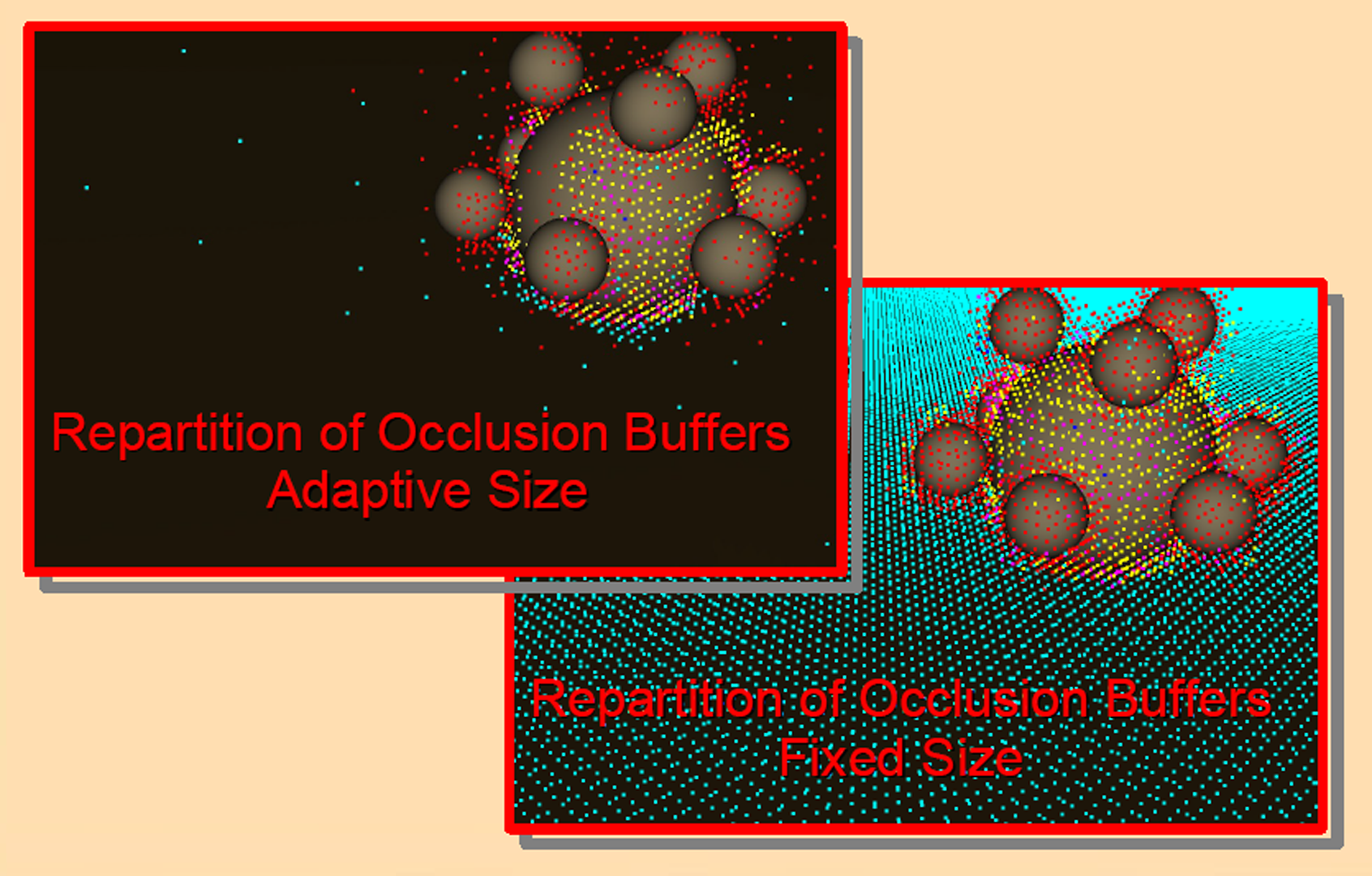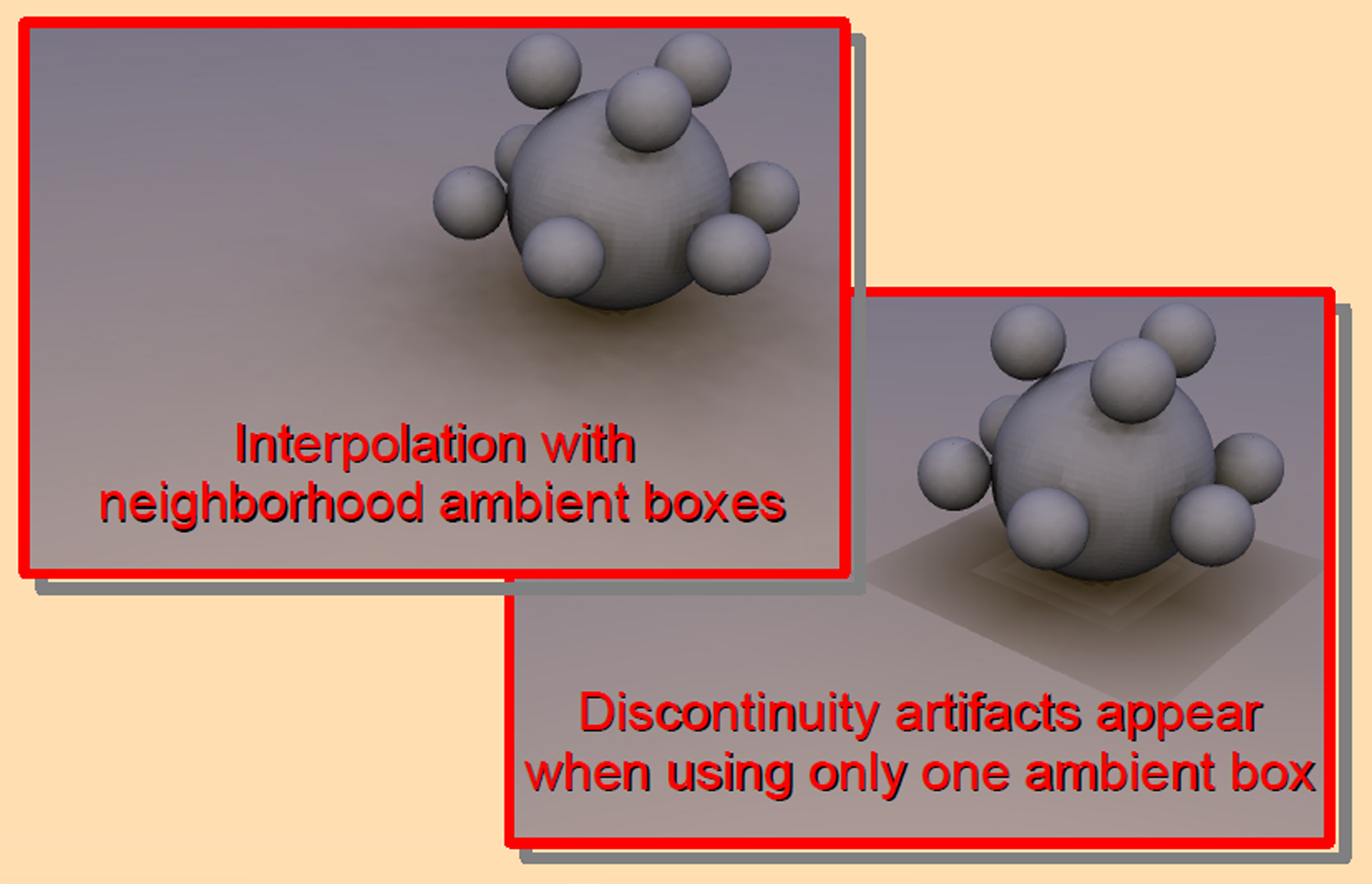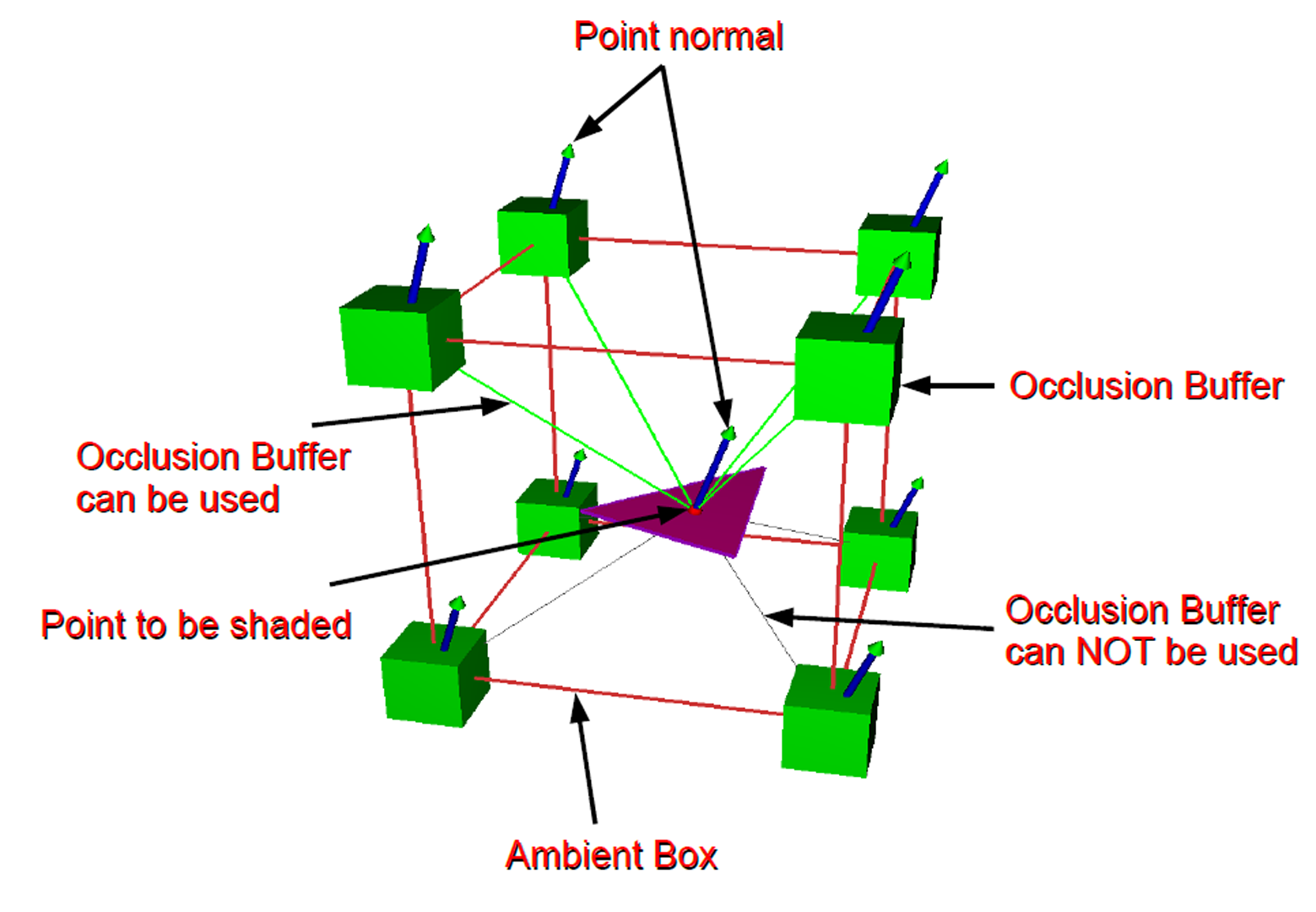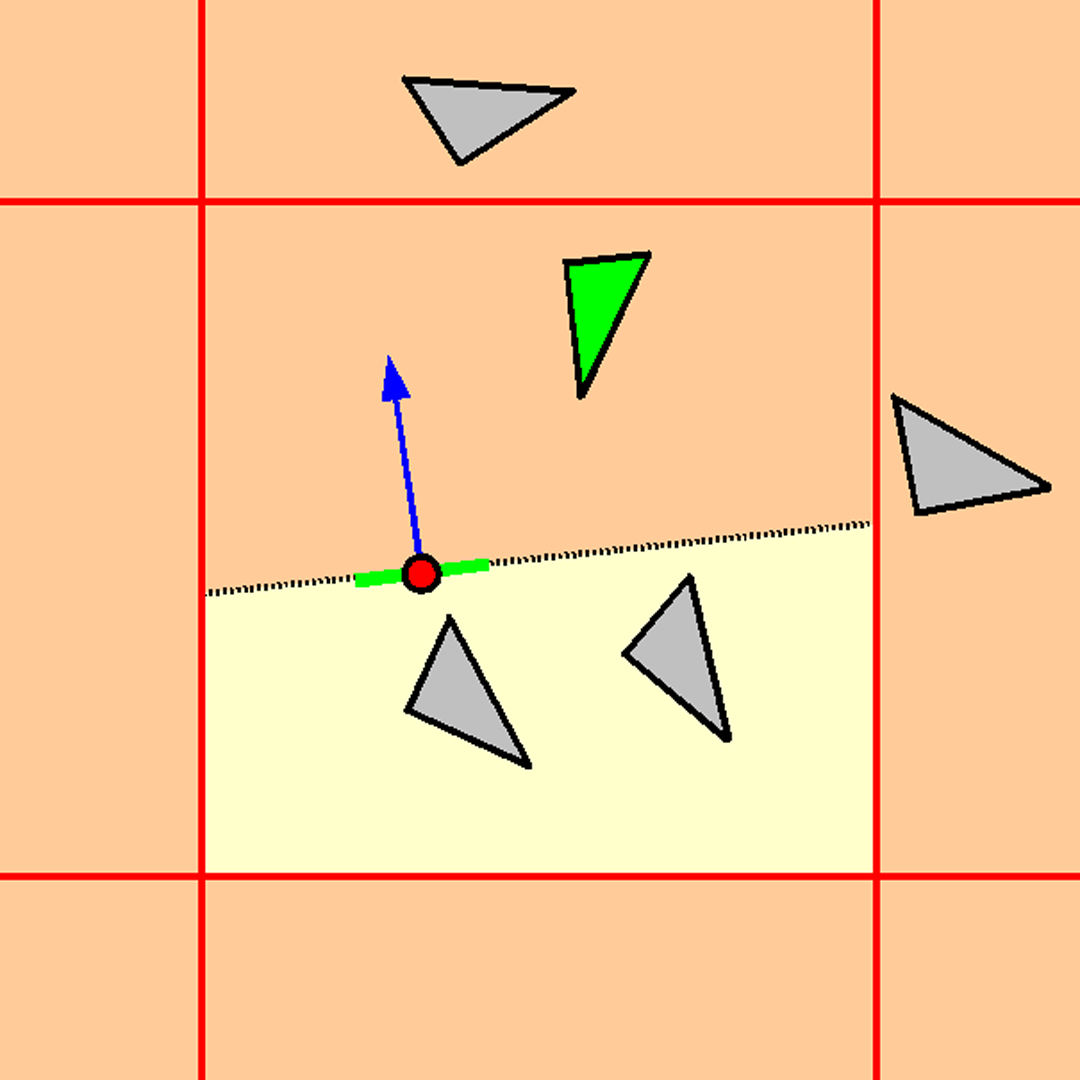“Fast approximate ambient occlusion” by Cadet and Lécussan
Conference:
Type(s):
Title:
- Fast approximate ambient occlusion
Presenter(s)/Author(s):
Abstract:
Ambient occlusion measures the attenuation of light due to blocker objects. It evaluates the amount of light received by a point centered in a uniform lighting hemisphere. Widely used by the production rendering community [1,3], ambient occlusion is able to approximate realistic global effects without requiring global illumination, more complex and slower. The ambient occlusion value is computed by an approximate version of the integral proposed by [6]. There is two ways to resolve it, off-line and real-time approaches. Off line approach uses Monte Carlo integration. Ray tracing is used to sample the coverage of the hemisphere above each point. This method is accurate but slow.
References:
1. Christensen P. H., Fong J., Laur D. M. and Batali D.: Ray Tracing for the Movie ‘Cars’. Proceedings of the IEEE Symposium on Interactive Ray Tracing 2006, pages 1–6. IEEE, September 2006.
2. Kontkanen J., Laine S.: Ambient occlusion fields. In Proc. I3D (2005), ACM Press, pp. 41–48.
3. Landis H.: Production-ready global illumination. In SIGGRAPH 2002 course note #16, pages 87–102, 2002.
4. Malmer M., Malmer F., Assarsson U., Holzschuch N.: Fast Precomputed Ambient Occlusion for Proximity Shadows. Tech. Rep. RR-5779, INRIA, 2005.
5. Pharr M.: Ambient occlusion. In GPU Gems (2004), Fernando R., (Ed.), Addison Wesley, pp. 667–692.
6. Zhukov S., Iones A., Kronin G.: An ambient light illumination model. In Rendering Techniques ’98 (Proc. EGWR) (1998), pp. 45–55.
Additional Images:








